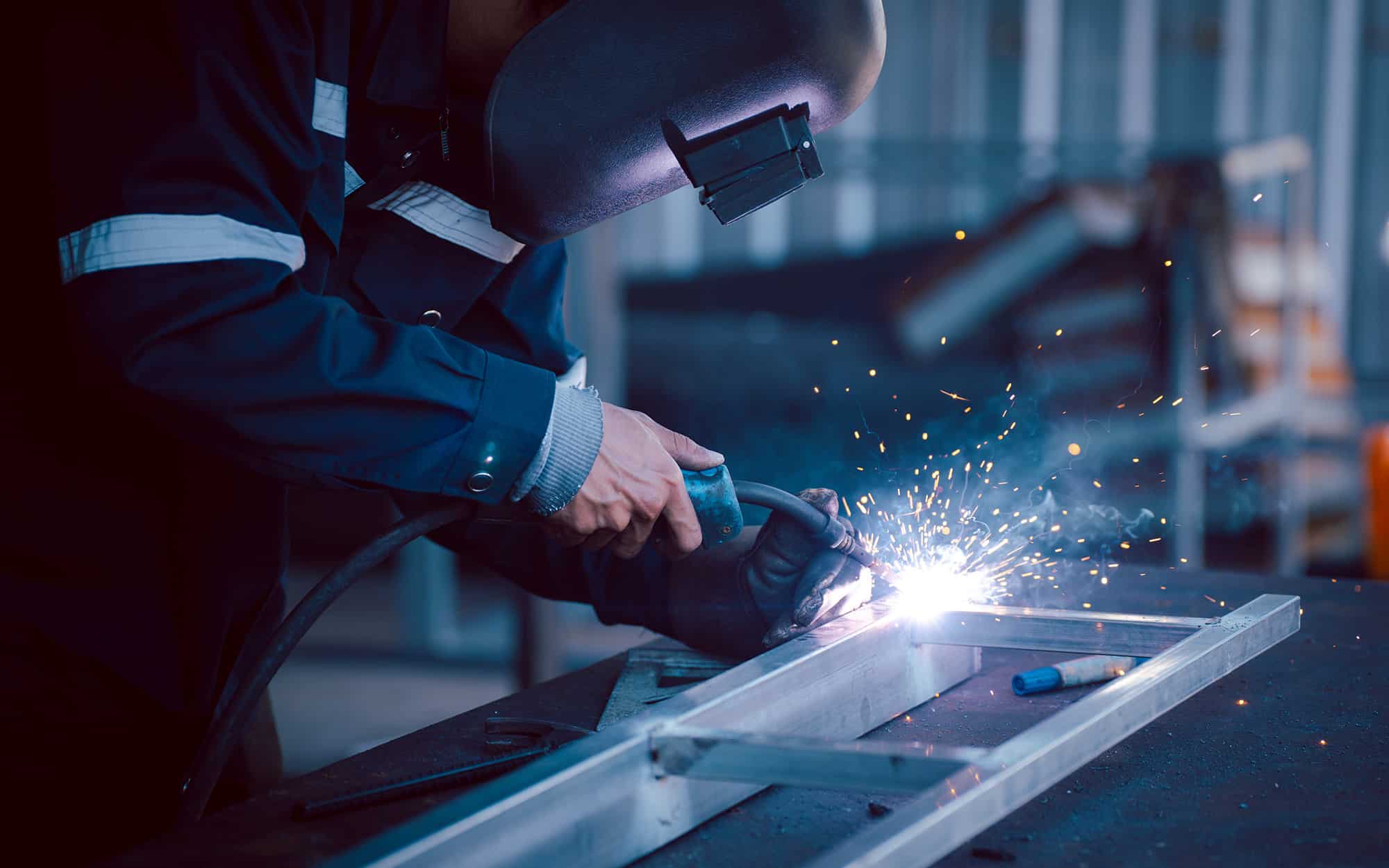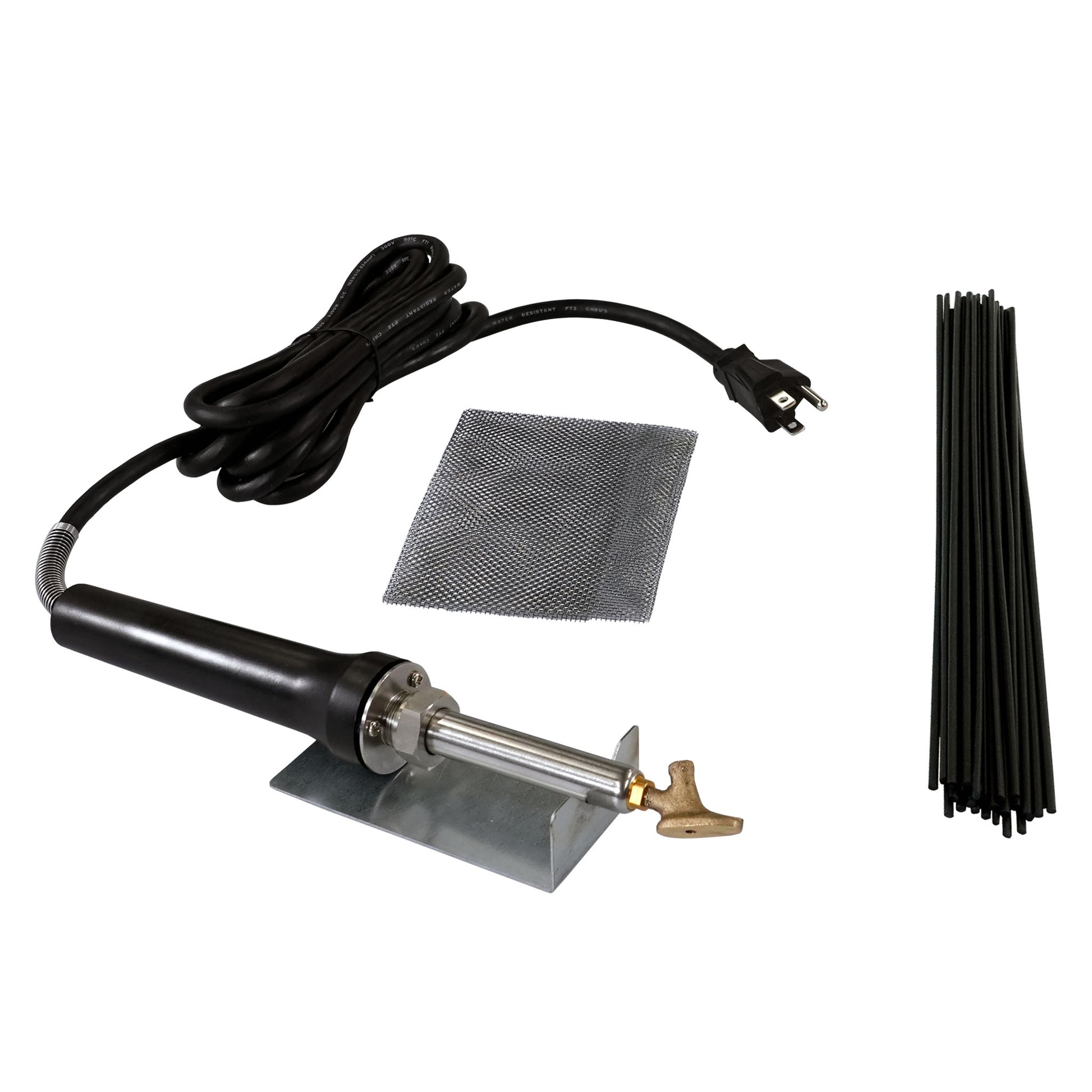Typical Welding Repair Work Issues and Just How to Address Them Efficiently
Welding repair services typically run into a variety of issues that can endanger the integrity of the final product. Typical issues include inadequate penetration, porosity, and imbalance, to name a few. Each problem presents distinct obstacles that need details approaches for resolution. Comprehending these issues is important for welders aiming to improve their results and skills. This discussion will certainly discover these common welding repair work problems and efficient methods to resolve them.
Poor Infiltration
Poor infiltration happens when the weld metal fails to completely fuse with the base product, resulting in weak joints and possible architectural failures. This problem commonly comes from inadequate warmth input, incorrect electrode angle, or inappropriate welding speed. Welders may come across insufficient infiltration as a result of a miscalculation of the required criteria for a certain material thickness or type. In addition, contamination on the base material's surface can prevent effective bonding, aggravating the problem. To address poor penetration, welders ought to guarantee suitable settings on their tools and keep a clean job surface. Routine inspection of welds is suggested to identify any type of deficiencies early, enabling prompt improvements and the avoidance of endangered architectural honesty in welded assemblies.
Porosity
Porosity is a common problem in bonded joints that materializes as little gas bubbles entraped within the weld steel. This defect can endanger the stability of the weld, resulting in reduced stamina and prospective failure under anxiety. Montana Mobile Welding and Repair Belgrade Welding. Porosity generally arises from contamination, dampness, or inappropriate welding techniques, which enable gases to get away right into the molten weld swimming pool. To attend to porosity, welders need to guarantee appropriate surface area prep work, keep a clean workplace, and use ideal welding criteria. Furthermore, selecting the right filler product and securing gas can minimize gas entrapment. Regular inspection and testing of welds can help identify porosity early, assuring prompt rehabilitative actions are taken, thereby preserving the high quality and reliability of the welded structure
Misalignment
Imbalance in welding can arise from various aspects, including inappropriate configuration and thermal development. Recognizing the root triggers is essential for reliable resolution. Several correction methods are available to realign components and assure structural honesty.
Root causes of Imbalance
Welding misalignment often stems from a variety of underlying concerns that can compromise structural stability. One primary reason is incorrect fit-up of components prior to welding, which can result in spaces and uneven surfaces. Variants in thermal expansion throughout the welding procedure can also result in distortion, especially if the products being signed up with have various coefficients of growth. Additionally, poor fixturing and clamping might fail to hold parts safely in position, leading to activity throughout welding. Badly maintained tools, consisting of welding devices and devices, might present inconsistencies in the weld grain, more contributing to imbalance. Finally, operator error, originating from inadequate training or experience, can also play a substantial function in developing misaligned welds.
Modification Strategies Readily Available
Resolving misalignment effectively requires a mix of rehabilitative methods customized to the certain issues available. One usual technique is using jigs or fixtures to hold elements in the correct placement during welding, making sure consistent alignment. In addition, preheating the products can help decrease distortion and boost fit-up. For substantial misalignment, mechanical realignment techniques, such as utilizing hydraulic jacks or clamps, can be utilized to correct the setting prior to welding. Post-weld heat therapy may also be required to alleviate tensions triggered by imbalance. Finally, careful assessment and modification during the setup phase can avoid imbalance problems from becoming considerable issues, promoting a smoother welding process and boosting total architectural honesty.
Distortion
Distortion is a typical challenge in welding that can arise from numerous aspects, consisting of uneven home heating and cooling. Understanding the sources of distortion is necessary for executing reliable avoidance strategies. Resolving this problem not only improves structural integrity however also improves the total top quality of the weld.
Root causes of Distortion
When based on the extreme warmth of welding, materials usually undergo changes that can cause distortion. This sensation mainly develops from thermal expansion and contraction throughout the welding procedure. As the weld area heats up, the material expands; upon cooling, it acquires, which can create inner anxieties. In addition, uneven home heating across a workpiece can intensify these stresses, causing bending or flexing. The sort of product likewise plays a significant function; metals with differing thermal conductivity and coefficients of expansion may respond differently, resulting in unforeseeable distortions. Bad joint design and insufficient fixturing can contribute to misalignment throughout welding, raising the possibility of distortion. Recognizing these causes is vital for reliable welding repair and avoidance strategies.
Avoidance Techniques
Efficient prevention techniques for distortion during welding concentrate on managing heat input and ensuring appropriate joint layout. Maintaining a constant heat input aids to decrease thermal development and contraction, which can result in distortion. Making use of methods such as preheating the workpiece can additionally minimize the temperature slope, promoting consistent heating. Furthermore, picking proper joint layouts, such as T-joints or lap joints, can improve security and minimize anxiety concentrations. Executing correct fixturing to protect the workpieces in place further help in keeping alignment during the welding procedure. Finally, staggered welding sequences can distribute warmth much more evenly, preventing local distortion. By applying these strategies, welders can considerably lower the possibility of distortion and boost the total top quality of their welds.
Fracturing
Fracturing is a common problem run into in welding fixings, frequently resulting from various variables such as improper cooling prices, material option, or insufficient joint preparation. The occurrence of fractures can substantially jeopardize the honesty of the weld, leading to prospective failings during procedure. To address this issue, welders should first examine the origin causes, ensuring that products are compatible and appropriately chosen for the details application. In addition, controlling the cooling rate throughout the welding procedure is necessary; rapid cooling can generate anxiety and result in breaking. Correct joint layout and preparation additionally add to reducing the danger. Carrying out these approaches can boost weld quality and longevity, ultimately minimizing the chance of cracking in finished weldments.

Insufficient Blend
A significant concern in welding repairs is incomplete combination, which happens when the weld metal does not sufficiently bond with the base product or previous weld passes - Montana Mobile Welding and Repair Welding. This problem can lead to weaknesses in the joint, possibly endangering the stability of the welded structure. Elements adding to incomplete blend consist of inadequate heat input, improper welding technique, and contamination of the surfaces being joined. To address this problem effectively, welders should assure appropriate pre-weld cleansing and surface area prep work, in addition to readjust their welding parameters to achieve appropriate penetration and blend. Normal examination during the welding procedure can also assist determine insufficient combination early, permitting timely rehabilitative actions to boost the overall high quality of the weld
Overheating
While welding fixings can improve architectural stability, overheating provides a considerable obstacle that can bring about material deterioration. Too much warmth during welding can alter the mechanical homes of steels, leading to decreased stamina, enhanced brittleness, and warping. This sensation is especially crucial in high-stress applications where architectural reliability is vital. Recognizing getting too hot can involve visual assessments for discoloration or distortion, as well as keeping track of temperature during the welding process. To minimize the dangers connected with overheating, welders need to use appropriate techniques, such as regulating warmth input, adjusting travel rate, and making use of appropriate filler materials. Additionally, implementing pre- and post-weld warm treatments can aid bring back material residential properties and improve the overall top quality of the repair work, guaranteeing lasting performance and security.
Often Asked Inquiries
What Are the Common Signs of a Welding Issue?

Exactly How Can I Evaluate My Welds for Top quality?
To evaluate welds for quality, one can use aesthetic inspections, ultrasonic testing, and radiographic techniques. Each method ensures architectural honesty, recognizes problems, and validates adherence to defined standards, eventually enhancing the reliability of the bonded joints.
What Security Safety Measures Should I Take While Welding?
When welding, one should focus on security by putting on suitable here individual safety equipment, ensuring proper ventilation, securing combustible materials away, keeping a clean office, and being aware of environments to avoid injuries and accidents.
Can I Fix a Weld Without Redoing the Entire Joint?
Repairing a weld without redesigning the whole joint is feasible, relying on the damages (Montana Mobile Welding and Repair Belgrade Fabrication). Strategies such as grinding, including filler material, or using a welding process can successfully resolve certain imperfections while maintaining the surrounding framework
What Devices Are Necessary for Effective Welding Services?
Essential tools for efficient welding repair services include a welding equipment, cord brush, mill, safety gear, clamps, and filler materials. Each tool plays an important duty in making sure high quality and safety and security throughout the fixing procedure. Porosity commonly emerges from contamination, wetness, or incorrect welding methods, which allow gases to escape into the molten weld pool. Poorly maintained equipment, including welding machines and devices, might introduce variances in the weld grain, additional contributing to imbalance. When subjected to the extreme heat of welding, products often go through changes that can lead to distortion. Fracturing is a typical issue experienced in welding fixings, commonly resulting from various factors such as incorrect cooling prices, material option, or insufficient joint preparation. A substantial concern in welding fixings is incomplete blend, which happens when the weld steel does not properly bond with the base product or previous weld passes.